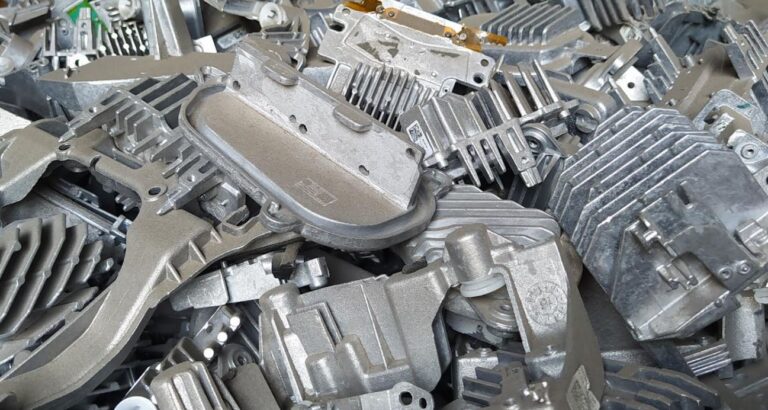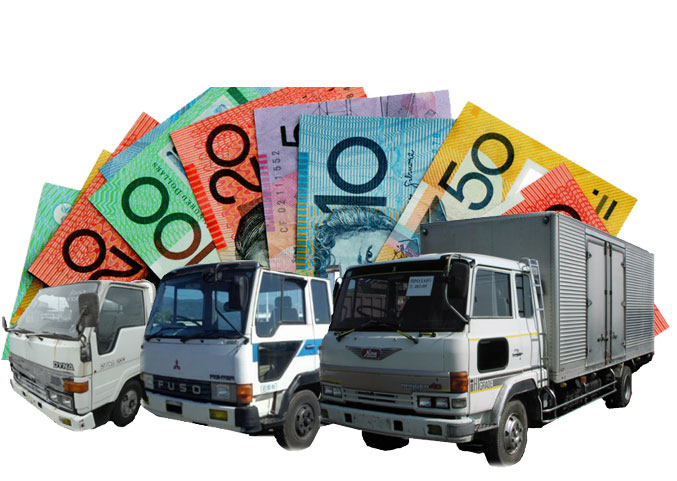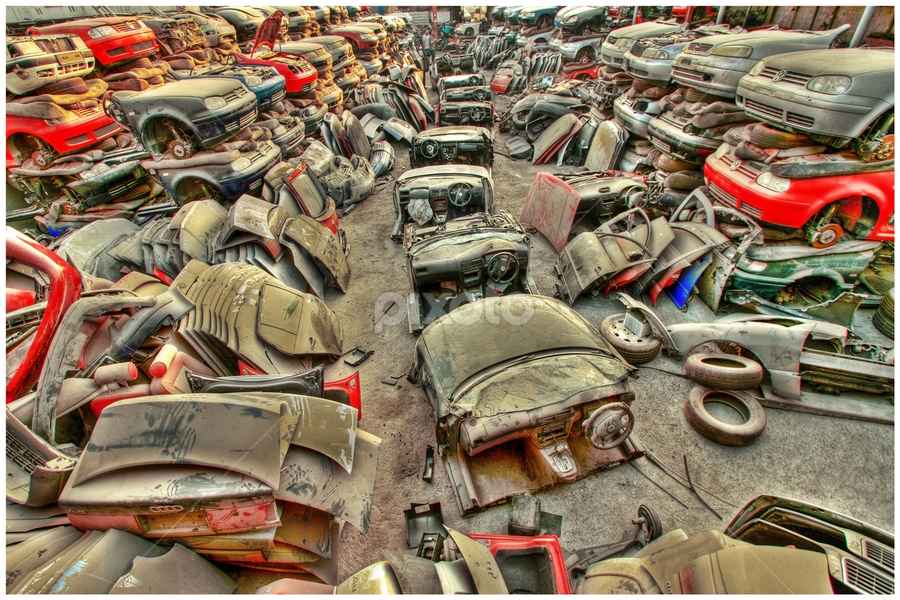Aluminium, one of the most abundant metals on Earth, is also highly recyclable. The process of aluminium recycling not only conserves energy and resources but also plays a crucial role in reducing environmental impact. In this guide, we delve into the world of aluminium recycling, exploring the benefits, steps, and considerations involved in turning aluminium scraps into valuable resources.
1. Aluminium’s Recycling Advantage:
Understanding why aluminium recycling matters is the first step. Discover how recycling aluminium conserves up to 95% of the energy required for primary production and significantly reduces greenhouse gas emissions compared to mining and refining new aluminium.
2. Types of Aluminium Products to Recycle:
Identify common aluminium products that can be recycled, ranging from beverage cans to household items, construction materials, and automotive parts. Knowing what to look for will aid in effective sorting and collection.
3. Sorting for Success:
Efficient sorting is key to successful scrap metal recycling in Sunshine. Learn how to separate aluminium from other metals and materials to ensure a clean and high-quality scrap. Clean scrap fetches better prices and contributes to a more sustainable recycling process.
4. The Aluminium Recycling Process:
Explore the step-by-step process of aluminium recycling, from collection and sorting to melting and casting. Gain insights into the technologies used in recycling facilities and understand how recycled aluminium is transformed into new products.
5. Weighing and Valuing Aluminium:
Accurate measurement is crucial in the recycling industry. Learn how recycling centers weigh and value aluminium, and understand how the market aluminium recycling price in Melbourne influences the compensation you receive for your recycled materials.
6. Finding a Reputable Aluminium Recycling Center:
Locate trustworthy aluminium recycling centers in your area. Consider factors such as their reputation, adherence to environmental regulations, and transparency in pricing. A reliable recycling center ensures a fair and ethical recycling process.
7. Safe Handling and Transport:
Prioritize safety when handling aluminium scrap. Use appropriate protective gear and take precautions to prevent injuries. If transporting larger quantities, ensure the safe and secure transport of your aluminium scrap to the recycling center.
8. The Circular Economy Impact:
Understand the broader impact of aluminium recycling on the circular economy. Discover how your efforts contribute to a sustainable and closed-loop system, reducing the need for new resource extraction and promoting environmental responsibility.
Conclusion
Aluminium recycling is not just a process; it’s a commitment to a greener, more sustainable future. By actively participating in aluminium recycling, individuals and businesses can contribute to a circular economy, conserve resources, and lessen the environmental footprint of this versatile metal. Embrace the journey of transforming aluminium scraps into shining ingots through responsible and rewarding recycling practices.




